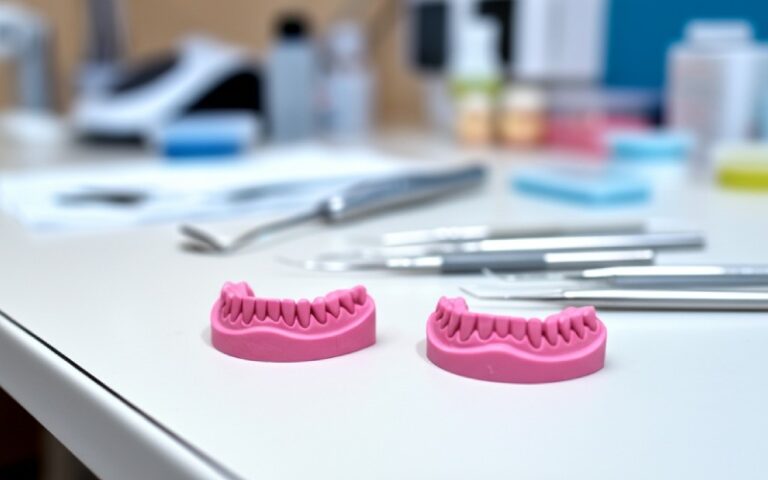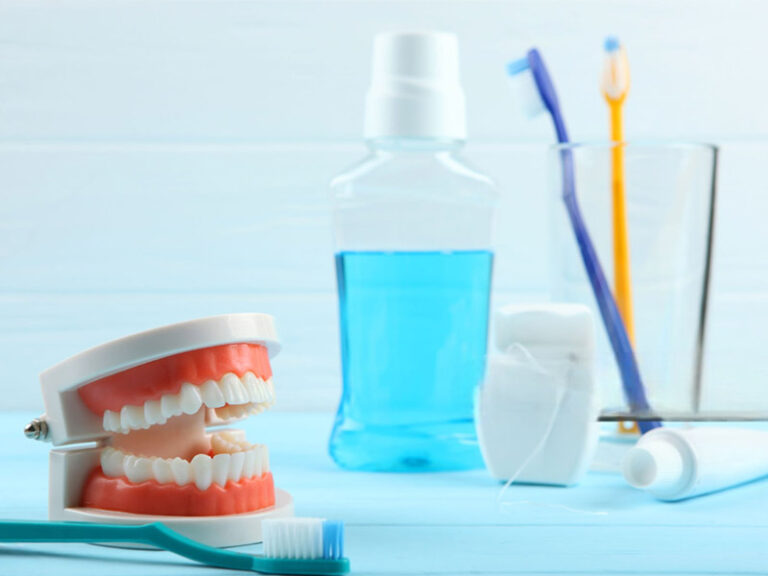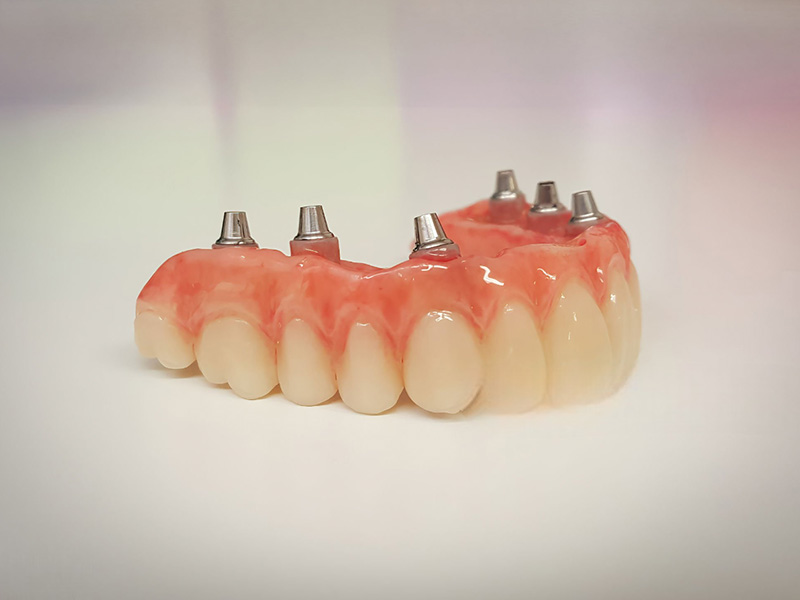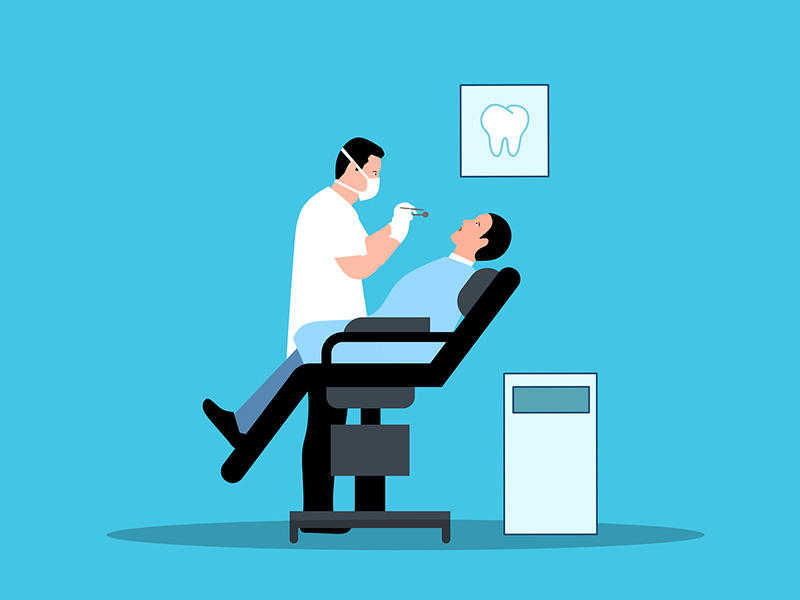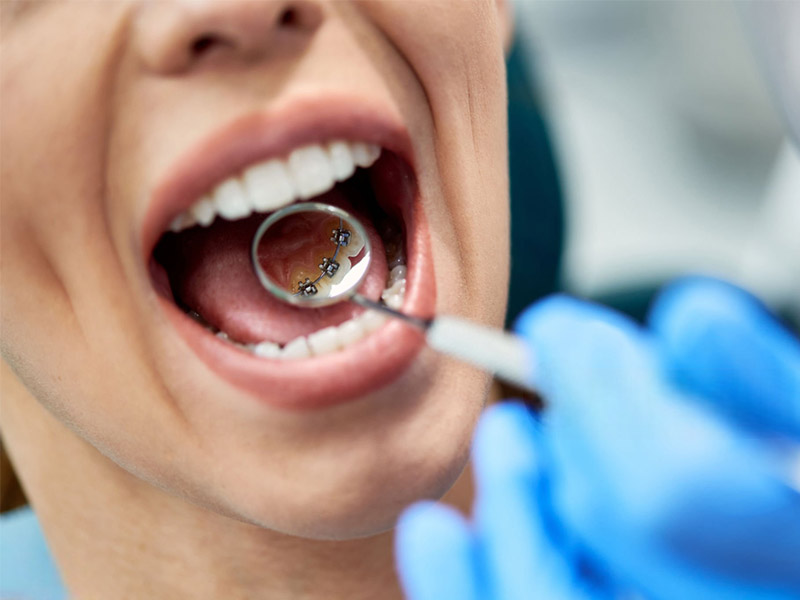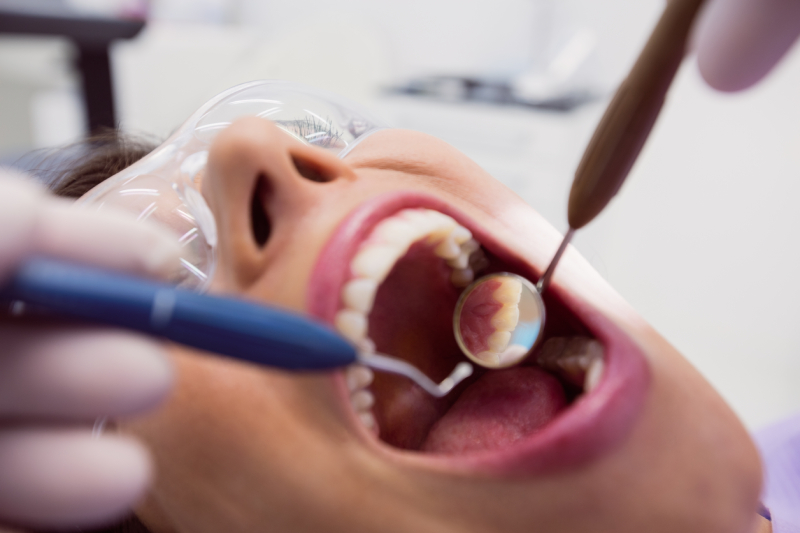
Your Ultimate Guide to Finding the Best Zirconia Crowns
If you’re looking into dental crowns you’ve probably heard about “zirconia.” And there’s a good reason for that. It’s become a top choice for fixing teeth today. But what really makes a zirconia crown the “best” one? Is it all about being super strong or is there more to it?
You’re asking all the right questions. Picking a dental crown is a big deal. It’s an investment in your health your confidence and your smile. You want something that doesn’t just fix a bad tooth but also looks and feels so real you forget it’s even there. This guide will walk you through everything you need to know from the different kinds of zirconia to how they compare to other materials. By the end you’ll feel sure of yourself when you talk to your dentist.
Table of Contents
What Are Zirconia Crowns and Why Are They So Popular?
Basically a zirconia crown is a tooth-shaped cap made from zirconium dioxide. Think of it as a super-strong metal-free ceramic. It’s like a custom-made helmet for your tooth built to bring back its original shape size and strength while looking great.
Zirconia’s story in dentistry is pretty cool. At first dentists used it mostly as a strong base with a layer of more natural-looking porcelain stacked on top. The problem? That porcelain on the outside could sometimes chip. This led to a huge breakthrough: solid zirconia crowns. Dentists and labs figured out how to make crowns from a single solid block of zirconia. These weren’t just tough as nails they looked great too.
Today they’re a huge hit for three main reasons that are tough to argue with:
- They’re Incredibly Strong: Zirconia is one of the toughest materials in all of dentistry. This makes it fantastic for handling the pressure of chewing day in and day out especially on your back teeth.
- They Look Natural: Modern zirconia isn’t like the old chalky-white stuff. New versions are more see-through and they catch the light just like real teeth. The results can be beautiful.
- They’re Body-Friendly: Zirconia is metal-free so you don’t have to worry about metal allergies. You also won’t get that ugly gray line at your gums that you often see with older metal-based crowns. Your mouth and gums get along with it really well.
The Different Types of Zirconia Crowns
Not all zirconia is the same. The “best” zirconia for you really depends on which tooth needs fixing and what you need the crown to do. Let’s look at the main types.
Solid / Monolithic Zirconia
Imagine carving a statue from one solid piece of stone. That’s the idea behind a monolithic zirconia crown. It’s made from a single solid block of zirconia using high-tech CAD/CAM machines and these crowns are the undisputed champions of strength.
- Best For: Your back teeth (molars) that do all the heavy-duty chewing. They’re also a great fix for people who grind their teeth because they can handle the intense pressure.
- Pros: Super strong and durable. The risk of chipping is almost zero because there are no layers to break apart.
- Cons: The original solid zirconia can look a little plain or opaque so it might not be the best choice for your front teeth where looks are everything. But newer materials are getting much better at this.
Layered Zirconia
Layered zirconia tries to give you the best of both worlds: strength and beauty. It has a strong zirconia base that fits over your tooth and then a skilled lab technician layers pretty porcelain on top by hand. This lets them create an incredibly life-like look.
- Best For: Your front teeth—the ones everyone sees when you smile. When a perfect natural look is a must-have layered zirconia is often the answer.
- Pros: The best aesthetics you can get. The layers let the technician match the see-through look and different shades of a real tooth.
- Cons: The zirconia base is super strong but the porcelain layered on top is the weak link. It can chip under a lot of force just like any other porcelain crown.
High Translucent (HT) Zirconia
This is the new kid on the block and it’s a game-changer. High translucent (HT) zirconia is a newer type of solid material made to give you a great mix of good looks and serious strength. It’s more see-through than traditional solid zirconia but it’s stronger than layered porcelain.
- Best For: HT zirconia is a great all-arounder. It’s strong enough for back teeth but pretty enough for many front teeth.
- Pros: A great blend of natural looks and toughness. You get good aesthetics without the chipping risk of layered crowns.
- Cons: While it looks great it might not achieve the absolute best look that a master lab tech can create with a layered crown for a front tooth. It’s also not quite as bomb-proof as the strongest solid zirconia for a heavy-duty grinder.
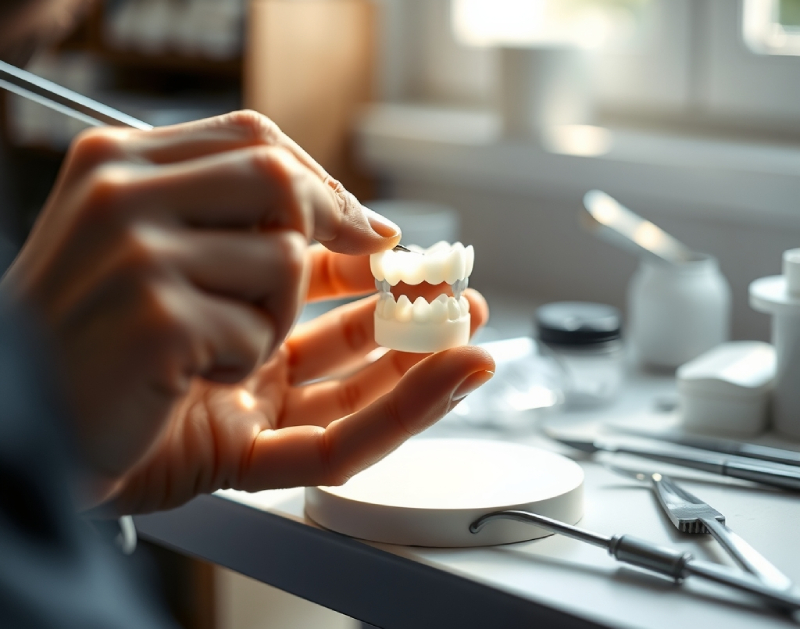
What Makes a Zirconia Crown “Best” for You?
“Best” is a personal thing. The best crown for your back molar isn’t the same as the best one for your front tooth. Here’s what you and your dentist will think about.
How Strong and Long-Lasting Are They?
This is where zirconia really blows away the competition. Let’s talk numbers. A material’s strength is measured in something called megapascals (MPa).
- Solid Zirconia: Can be 900-1400 MPa.
- High Translucent Zirconia: Usually 600-900 MPa.
- E-max (a top competitor): Around 360-500 MPa.
- Layered Porcelain: Only about 80-120 MPa.
The numbers don’t lie: zirconia is built to last. Study after study shows amazing success rates. Zirconia crowns have a 95-98% survival rate after 5 years and they stay strong for 10 years and beyond. That kind of durability means fewer trips to the dentist for replacements.
Looking Good and Natural
A crown shouldn’t just be strong it should be invisible. The best-looking crowns blend right in with your other teeth. This is all about “translucency”—how much light passes through the material. Real teeth aren’t solid white they have depth.
Modern HT zirconia does a great job of copying this. For the absolute best look on a front tooth a layered zirconia crown lets a lab artist perfectly match the color and character of your other teeth using special shade guides and their own skill.
Being Healthy for Your Mouth
Your body has to live with this thing 24/7. Zirconia is incredibly body-friendly meaning it’s very unlikely to cause any irritation or allergic reactions. This is a huge plus compared to metal-based PFM crowns where some people react to the metals used.
On top of that zirconia’s smooth surface resists plaque buildup better than some other materials. This makes it easier to keep your teeth clean and helps keep your gums healthy around the crown.
Is It Worth the Money?
Let’s be direct: zirconia crowns aren’t the cheapest option up front. The average cost can run from $1,000 to $2,500 depending on where you live your dentist and how tricky the job is.
But “best” is also about getting your money’s worth over time. A cheaper PFM crown that chips and needs to be replaced in 7 years could cost you more in the long run than a zirconia crown that lasts 15+ years. When you think about its strength amazing looks and how long it lasts zirconia is often the smartest investment for your smile. Check with your dental insurance to see what they might cover.
Keeping You Comfortable and Saving Your Tooth
A great thing about modern zirconia is that your dentist often doesn’t have to drill away as much of your natural tooth to place it. Because it’s so strong it can be made thinner. Saving your healthy tooth structure is always a big goal. Plus it doesn’t get hot or cold easily so you’re less likely to feel sensitivity compared to crowns with a metal base.
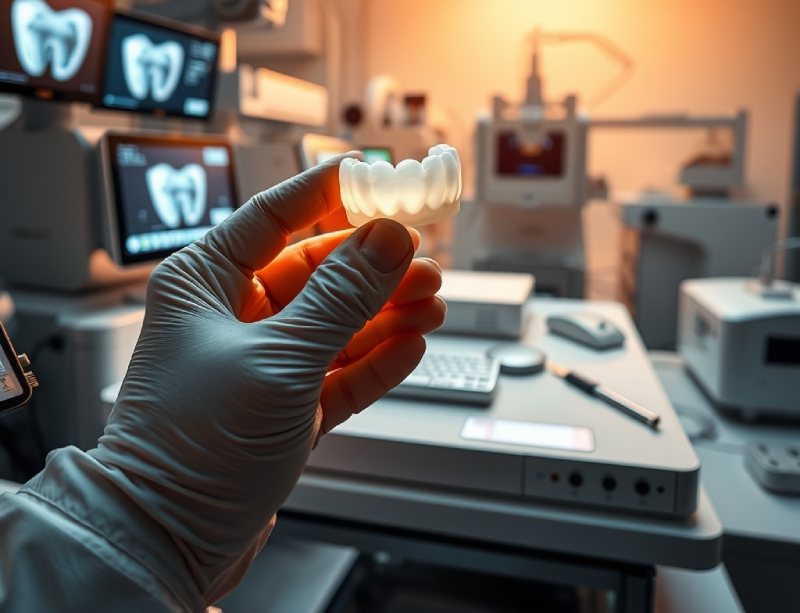
Zirconia Crowns vs. Other Dental Crown Materials
So how does zirconia compare to the other heavy hitters in the dental world?
Zirconia vs. E-max Crowns
This is a common face-off especially when looks are important. E-max is made from another high-end ceramic called lithium disilicate.
- The Lowdown: E-max has an amazing see-through quality and many think it’s the most beautiful option for front teeth. But zirconia is way stronger—sometimes 2 to 3 times stronger.
- The Verdict: For a front tooth where looks are everything and chewing force is low E-max is a fantastic choice. For a tooth that needs to be both beautiful and super tough (like a premolar) HT zirconia is often the better pick.
Zirconia vs. PFM (Porcelain Fused to Metal) Crowns
PFM crowns were the go-to choice for years. They have a metal base with porcelain baked over it.
- The Lowdown: PFM crowns are strong and have been around a long time. Their biggest problem is how they look. The metal inside blocks light making them look flat and fake. They can also cause that famous “gray line” at the gum line if your gums shrink back a bit.
- The Verdict: Zirconia wins on almost every point. It’s stronger it’s better for your body (no metal) and it looks way better. Today most dentists see zirconia as the more modern and better choice over PFM.
Zirconia vs. Full Gold Crowns
Gold crowns are another classic. They’re known for lasting forever and being gentle on the teeth they chew against.
- The Lowdown: Gold is extremely tough and wears down just like a real tooth so it won’t hurt the teeth on the opposite jaw. Its big downside is obvious—it’s gold.
- The Verdict: For a back molar that no one sees a gold crown is still a fantastic and reliable choice. But for any tooth you can see when you smile solid zirconia gives you the same kind of strength with a much more natural look.
Getting a Zirconia Crown: What to Expect
Getting a crown is a pretty simple process that usually takes two visits.
- First Visit & Plan: Your dentist checks the tooth takes X-rays and makes sure a crown is the right fix. You’ll talk about your options.
- Prepping the Tooth: At the next visit the dentist numbs the area. They then carefully shape the tooth to make room for the crown to slip over it.
- Taking an Impression: They’ll take a mold of your prepped tooth. This used to be done with gooey putty but many modern dentists use a quick and comfy digital scanner.
- Wearing a Temp Crown: A temporary crown is placed on your tooth. This keeps it safe and lets you chew normally while your real crown is being made at the lab.
- Making the Crown: The scan or mold goes to a dental lab. There technicians use special computer software (CAD/CAM) to design your crown perfectly. Then a milling machine carves it from a solid block of zirconia.
- Getting Your New Crown: At your second appointment the temp crown comes off. The dentist tries on your new zirconia crown checking the fit the look and your bite. Once everything’s perfect they bond it to your tooth for good with strong dental cement.
- Taking Care of It: Care for your new crown just like your real teeth. Good brushing flossing and regular dental check-ups are the key to making it last a long, long time.
How to Pick the Best Dentist for Your Zirconia Crown
The best material in the world won’t work right if the dentist doesn’t know what they’re doing. The success of your crown is just as much about the dentist as it is about the zirconia. Look for:
- Experience with Zirconia: Ask the dentist how often they use zirconia and what kinds they like for different teeth. A good dentist will know all the tricky details to get it just right.
- Good Technology: A dentist who uses digital scanners and works with top-notch labs is showing they care about getting it perfect with the latest tools.
- Before & After Photos: Ask to see pictures of their work. Seeing real results can give you confidence in their skills.
- Good Communication: The best dentist is a partner in your health. They should take the time to explain your choices answer your questions and help you understand why they recommend a certain type of crown for you.
Your Top Questions About Zirconia Crowns
- Are zirconia crowns safe? Yes 100%. Zirconia is one of the safest materials used in medicine. It doesn’t react with anything in your body and it’s extremely rare for it to cause allergies.
- Do zirconia crowns look natural? Yes. Modern HT and layered zirconia crowns can look incredibly natural and blend right in with your smile. The days of chalky fake-looking crowns are over.
- Can zirconia crowns chip or break? It’s super rare for a solid zirconia crown to break. The material is just that tough. For layered zirconia the pretty porcelain on top can chip but the strong base underneath will stay put.
- How long do zirconia crowns last? If you take good care of it a well-made zirconia crown can easily last 10-15 years or even longer. Many last for decades. Their strength is a huge selling point.
- Is a zirconia crown worth the cost? For most people yes. When you add up the amazing strength great looks body-friendly nature and how long it lasts the higher price is usually a great long-term investment in your health and confidence.
- What’s the average cost of a zirconia crown? The price changes a lot based on where you live but you can generally expect to pay somewhere between $1,000 and $2,500 per crown.
Wrapping It Up: Making a Smart Choice for Your Smile
Choosing the “best” zirconia crown isn’t about finding one single product that’s right for everyone. It’s about teamwork between you and your dentist to find the perfect fit for your tooth your smile and your life.
- For a back molar that needs strength that’s second to none a solid zirconia crown is the powerhouse.
- For a front tooth that needs to look perfect a layered zirconia crown offers stunning beauty.
- For a do-it-all solution that balances looks and strength high-translucent (HT) zirconia is a fantastic choice.
You’ve already done the most important thing by learning about your options. Now you can walk into your dentist’s office with knowledge not questions. You can be an active part of the team deciding the future of your smile. A beautiful strong and healthy tooth is totally within your reach and knowing your stuff is the key to getting there.

